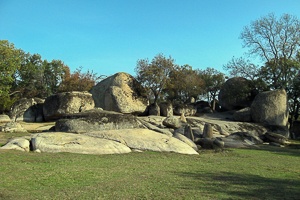
Primorsko: Walk to the Thracian sanctuary Beglik Tash
Beglik Tash is a complex of high cliffs groups, each with a different role, served for the ancient Thracian rituals at sunrise. It is near Primorsko, Bulgaria. Besides its history and attractive rocks, the place is exciting to tourists because it offers a couple of hiking trails. They are leading to other historical sites and scenic landscapes – Bay “St. Paraskeva”, Cape “Maslen nos”, rock formation “Lion’s head “and mouth of Ropotamo river (look at the bottom).
To get to the ancient Thracian cliffs Beglik Tash, firstly, you have to go into the town of Primorsko. After that, you have to pass along North Beach of Primorsko and “Perla” Residence. Continue on the asphalt road through the forest. Further, you will reach an exit, where is a large sign reading “Бегликташ” and barrier.
How to get to Beglik Tash around town of Primorsko, Bulgaria – map, route and GPX file Download file: Beglik_Tash_En.gpx GPX File
USEFUL: For more information on how to open GPX files with a smartphone, see this link .
For planning your visit to the place or accommodation in the nearby settlements, can use the collection of assistive tools – Google Road Map with calculator in km, flights to Bulgaria, rental cars, weather forecast, hotel search, timetables of buses in the region, see this link.

The distance on the asphalt road from the North beach of Primorsko to the exit is 3 km and is preferable to take it by the car, or by bike. Further, there is a rough gravel road. The length of this road to the cliffs – sanctuary Beglik Tash is 1.4 km. You can pass by car, by bike or by walking. The walking is an enjoyable experience – the forest is beautiful and sometimes whole herds of deer cross the road. When you reach the sanctuary, you have to pay an entrance fee of 2 BGN (around 1 € ) to view the site. There is a person who can tell you about the history of the sanctuary and could answer questions. Opening hours are from early May to late August, for more information, as could be seen on this picture:

If you go in the other seasons (autumn, winter, spring), perhaps the barrier at the exit will be lowered. Probably the rough gravel road will be in deplorable condition because of rains. Therefore if your car is not an offroad type, you should go to the sanctuary, by walking. During these seasons, there will be no narrator in the sanctuary Beglik Tash.
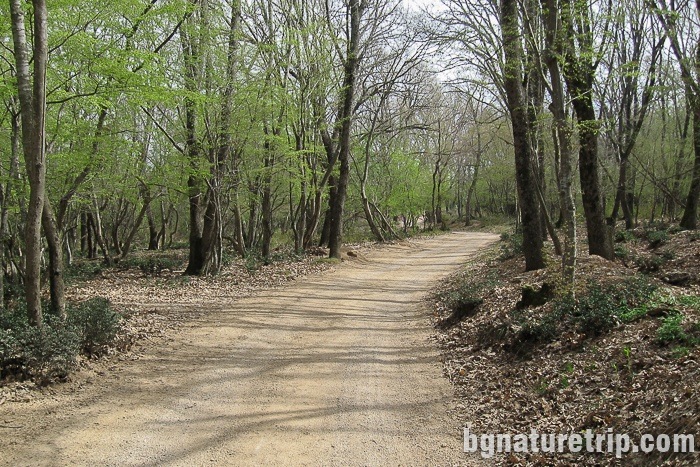
A walk through the forest.
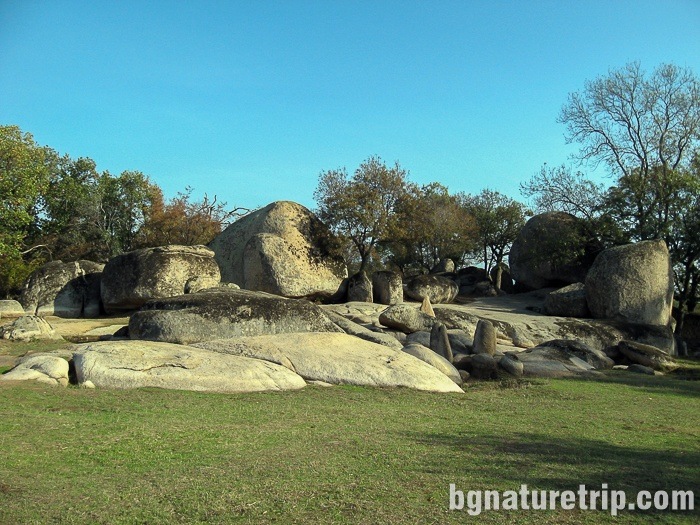


Origin of name
The name “Beglik Tash” comes from the Turkish. Beglik means sheep’s tax and Tash – means rock. Originated from the charge that the pastors pay with sheep to the Turkish tax-collectors. That happened here on the meadow in the front of the sanctuary during the period of Turkish domination on the Bulgarian lands ( from 14th century to 19th century).
History of “Beglik Tash”
According to the scientists, the sanctuary began to function in XV century BC. During excavations in the vicinity (2002-2004 led by archaeologists at Burgas Archaeological Museum) they found fragmented pottery, stone tools, Roman bronze coins. They are evidence that the sanctuary was functioning until to IV century AD. The unique oval shapes of the rocks are a result of ancient volcanic activity in combination with Spheroidal weathering. Thracians took advantage of the natural assets and the location of the stones. With a little working up by tools, they, probably, finished the rocks in a form suitable for their rituals.
Beglik Tash consists of a central rock platform surrounded by other groups of dolmens, each with a specific function in the Orphic rites that took place here. In particular, this is the sacred marriage between the Mother Goddess and the Sun God. The result of this marriage was the birth of the Hero, who has a crucial role in the Thracian beliefs.
Symbolism of the Thracian cliffs Beglik Tash, round the town of Primorsko, Bulgaria
1) Wedding bed
It consists of a lying stone, resembling the shape of a bed and positioned according to the east-west directions. When the participants in the ritual lay down on the bed, their heads pointed east. This bed symbolises the sacred marriage of the priest and the priestess. Two large rocks surround the lodge. They are with carved wadding for liquids used during the ritual.
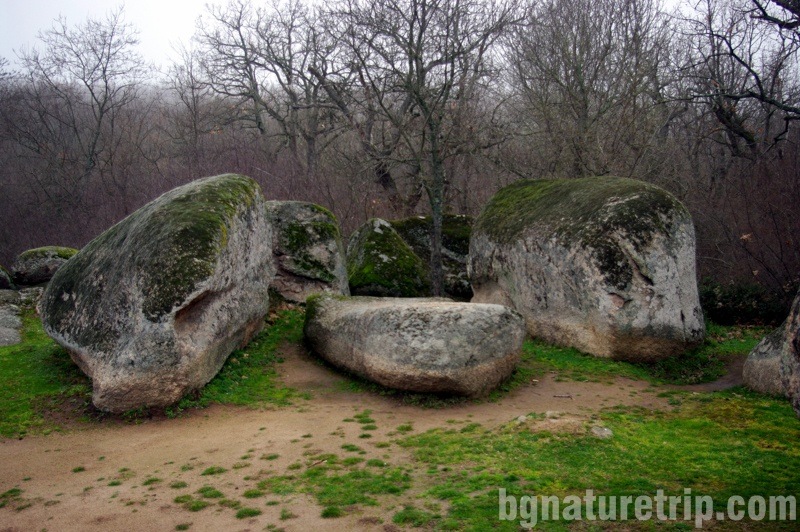
2) Apostol tash – the womb
Probably, the gap under the stone was formed with the help of erosion and the usage of tools. Perhaps, using ropes and logs, the Thracians transported the rock to the location where we see it now. The fantastic thing about it is how the whole tremendous stone stands only at two points, but It has been stable for several millennia till now. In the day of the summer solstice, the ray of sunrise passes through the gap. This in Thracian symbolism marks the fertilisation of the Sun God to the womb of the Goddess Mother
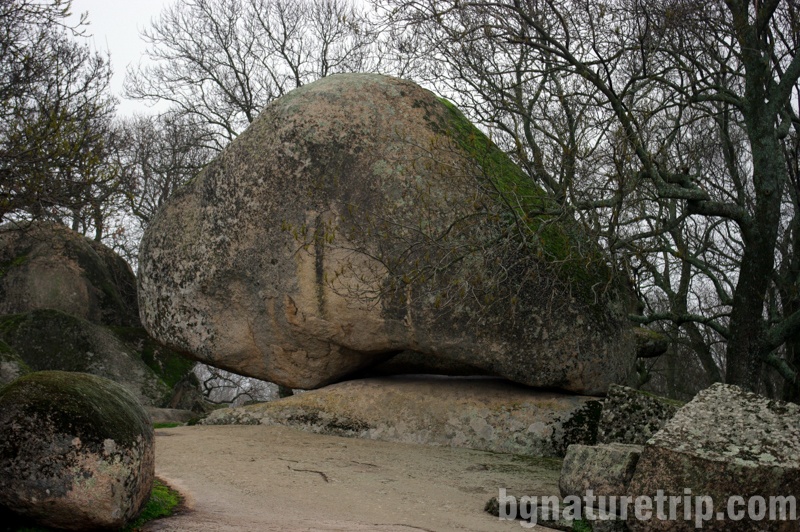
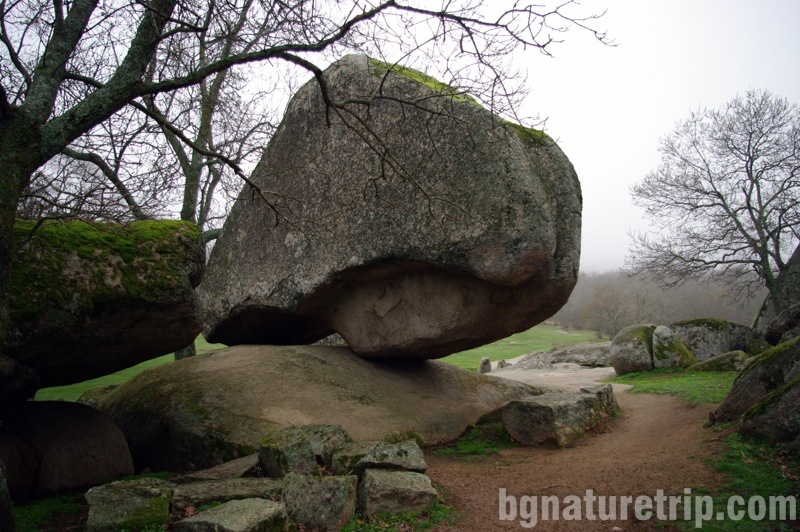
3) The Cave
It symbolises the descent of the born Hero from the marriage of the Goddess Mother and the Sun God in the underworld. It seems like the legend of Orpheus ( when he goes to the underground). Probably there are channels below, but till now, excavations have not yet been made to prove it.

4) Throne
It is the place where the priest watched the whole ritual and the flowing sacred liquids – milk, vegetable juices, blood and guts of the sacrificed animals. Аs a result, he preached the future.
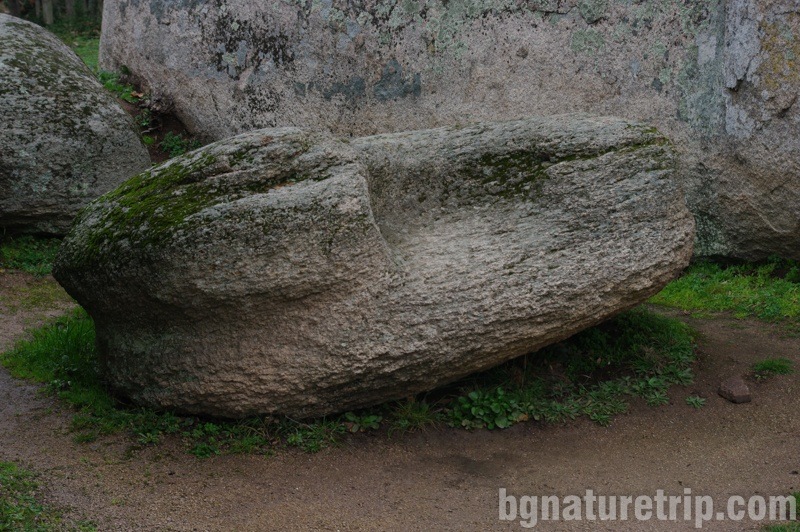
5) ) The astronomical clock at the Thracian cliffs “Beglik Tash” is comparable to Stonehenge (United Kingdom )
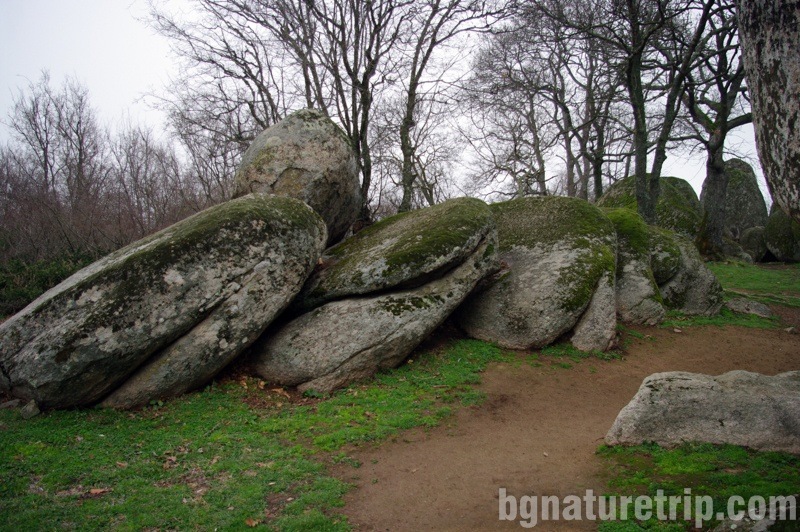
It consists of 16 stone cakes, which symbolise the months in the Thracian calendar (with 22-24 days, not 30 as in the contemporary calendar). Probably, the slabs had been erect 100-120 years ago, but after they began to be sloped. A tree (apparently at the age of 80 years) stopped their further tilting.

6) The priest’s house
You can see ruins of a stone rectangular building with a courtyard. Probably the pilgrims who were coming to the sanctuary had arrived from the harbour at St. Paraskeva bay. Тhey rested at the priest’s house before being admitted to the rituals at the penetralia.
The yard completely enclosed access from the sea to the sacred land of the sanctuary

7) The Labyrinth
In the Labyrinth, teenagers competed, passing obstacles. It happened in the times when there was no priest. Аs a result, the winner of the competition got to be a priest.

Offers for hotels in Primorsko
Booking.com
Preservation of the protected area
The area around the ancient sanctuary has forest status and is within the boundaries of a protected area called “Beglik Tash – Ropotamo”. Therefore some rules should be observed when visiting to protect natural resources.
To put it briefly – do not throw away waste, do not tear plants, do not light a fire, no camping, and let the place look like you’ve found it!
For more details, or if you intend to carry out particular activities other than a tourist walk, the full text of the laws can read here.
The exact boundaries of the protected area can see here https://gis.wwf.bg/mobilz/en/ (“Protected areas in Bulgaria” layer must be bookmarked).
Gallery of photos of the discovered ceramic vessels at the Beglik Tash sanctuary exhibited in the Historical Museum of Primorsko:
[supsystic-gallery id=’1′]
Something interesting in the museum that is worth seeing is an eloquent holographic Thracian priest. He will materialise in front of you and will tell you the legend of Begliktash.
At a time when Christianity began spreading and became an official religion in the Roman Empire, the sanctuary was destroyed. The people involved with its service left (the first decades of the 4th century) and settled in the surrounding villages. But the memory, from their rituals to our day, has survived in the form of the ritual “nestinarstvo.” It is a pagan fire-dancing ritual, in present days dressed in Christian symbolism. Probably in its ancient Thracian mode, it was a welcome of the summer solstice. The ceremony was performed with dances and games over the glowing-red coals and praising the sun. The fire symbolised the evening form of the sun.
According to rumours, till the 1950s, women “nestinarka” (dancing on the fire ) had been danced here in the meadow. After that, the access to this place was forbidden, when the area was announced as a Perla hunting residence. Therefore archaeologists revealed Beglik Tash so late, in 2003.
Hiking trails starting from the sanctuary Beglik tash:
1. From this place, you can continue walking along the path leading to the picturesque bay of St. Paraskeva, where you will see the ruins of a medieval church. Along the way, you will have the opportunity to watch rock formations at Cape Beglik Tash.
2. A second excellent opportunity to continue the walk is to go to Cape Maslen nos on the newly built eco-path.
3. The third opportunity for a hiking trail is to go back to the asphalt road and continue to the mouth of the Ropotamo River.
4. The fourth opportunity, suitable for mountaineers and adventurers, is to use the hiking trail leading to the Lion’s Head, which starts at the exit to Beglik Tash, but in the opposite direction.
For the other paths and landmarks in Ropotamo Reserve – look at the map of Ropotamo – reserve.
If you are planning a more extended stay in the area, it is a good idea to choose Primorsko as a city for staying. There are many hotels and lodgings and can offer many entertainments to diversify your Holliday at the Bulgarian Black Sea Coast.
Offers for hotels in Primorsko
Booking.com